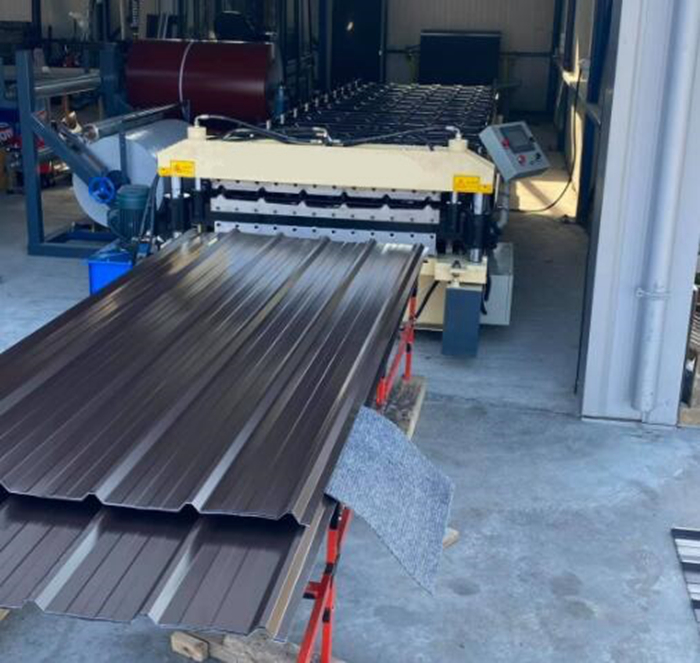Curved Seam Machine for Standing Seam Metal Roofing Applications
The Advancements and Applications of Standing Seam Curving Machines
In today's construction industry, the need for efficiency, precision, and versatility has led to the emergence of specialized equipment. Among these innovations is the standing seam curving machine, a tool that has revolutionized the way metal roofing materials are shaped and installed. This article explores the significance, technology, and applications of standing seam curving machines in modern construction.
Understanding Standing Seam Roofing
Before delving into the curving machine, it is essential to comprehend what standing seam roofing entails. Standing seam roofs are characterized by their vertical metal panels that interlock at the seams, providing a sleek and aesthetically pleasing finish. This type of roofing is not only visually appealing but also highly functional, offering excellent weather resistance and sustainability.
The panels used in standing seam roofs can be made from various metals, such as aluminum, steel, and copper. However, their installation requires precision to ensure that the seams align perfectly, preventing leaks and enhancing durability. This is where the standing seam curving machine comes into play, ensuring that panels are shaped accurately to fit the contours of complex architectural designs.
The Functionality of Standing Seam Curving Machines
Standing seam curving machines are designed to bend and curve metal panels without compromising their integrity. These machines are equipped with advanced technology that allows for precise control over the bending process. Operators can input specifications based on architectural requirements, enabling the machine to produce custom-curved panels that fit a variety of designs, from simple rooflines to intricate structures.
standing seam curving machine

One of the crucial advancements in standing seam curving machines is their digital control systems. These systems allow for the automation of the bending process, significantly reducing the chances of human error and improving efficiency. Furthermore, the machines are capable of handling different thicknesses and types of metal, making them versatile tools for a wide range of projects.
Applications in Modern Construction
Standing seam curving machines have found applications in various sectors of the construction industry. Residential, commercial, and industrial buildings all benefit from the precision that these machines offer. For residential projects, curving machines allow homeowners to achieve distinctive architectural features, such as curved roofs or awnings that complement the building's design.
In commercial construction, these machines are equally vital, especially for large-scale projects where time and accuracy are paramount. Businesses often require roofing solutions that not only look good but also provide long-lasting durability. Standing seam roofs made with the help of curving machines fulfill these requirements, making them popular among contractors.
Moreover, standing seam curving machines play a crucial role in sustainability. As the world shifts towards eco-friendly practices, metal roofing systems have gained popularity for their recyclability and energy efficiency. Curved panels provide increased opportunities for solar installations and energy-efficient systems, making them a preferred choice for environmentally conscious builders.
Conclusion
In conclusion, standing seam curving machines represent a significant advancement in the construction industry's approach to roofing. Their ability to produce custom-shaped metal panels with precision not only enhances the aesthetic value of buildings but also contributes to their functionality and sustainability. As the construction sector continues to evolve, the demand for innovative tools like standing seam curving machines will undoubtedly grow, paving the way for new architectural possibilities and improved construction practices. Embracing these technologies will be essential for builders looking to meet the challenges of modern design and construction.
-
Roof Panel Machines: Buying Guide, Types, and PricingNewsJul.04, 2025
-
Purlin Machines: Types, Features, and Pricing GuideNewsJul.04, 2025
-
Metal Embossing Machines: Types, Applications, and Buying GuideNewsJul.04, 2025
-
Gutter Machines: Features, Types, and Cost BreakdownNewsJul.04, 2025
-
Cut to Length Line: Overview, Equipment, and Buying GuideNewsJul.04, 2025
-
Auto Stacker: Features, Applications, and Cost BreakdownNewsJul.04, 2025
-
Top Drywall Profile Machine Models for SaleNewsJun.05, 2025








